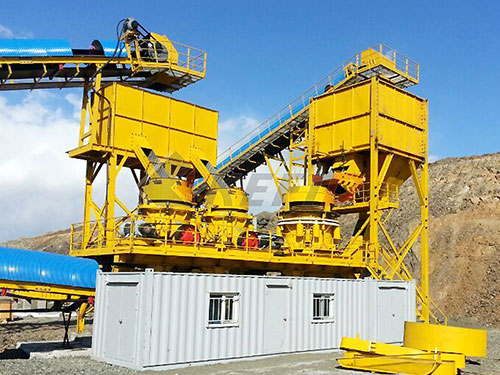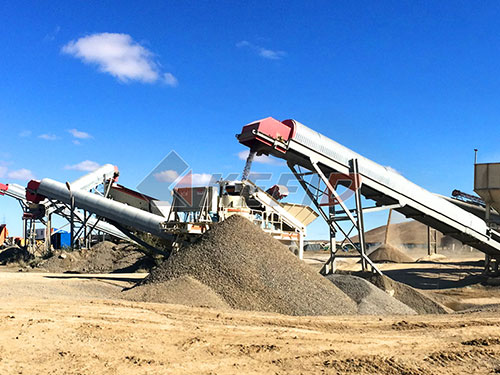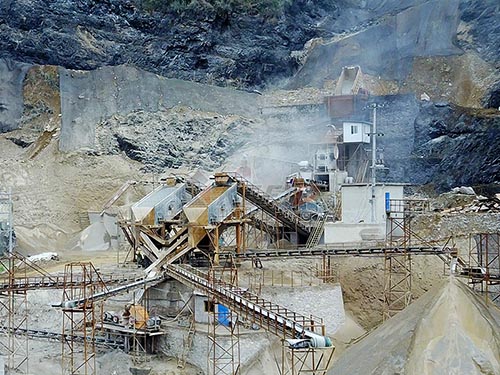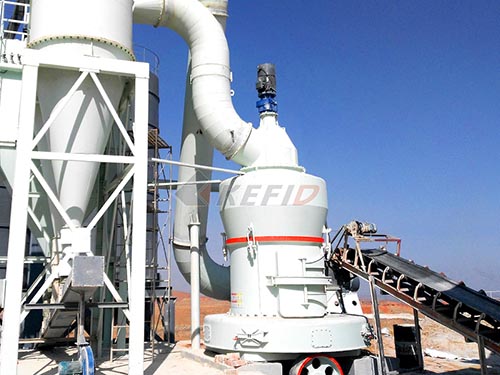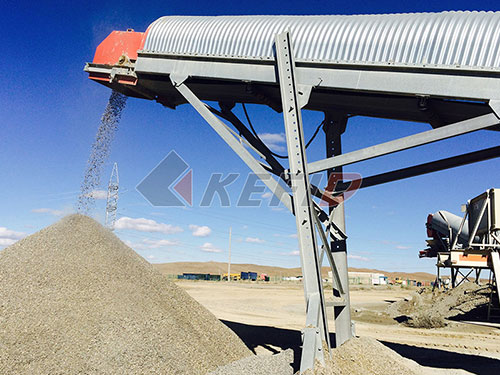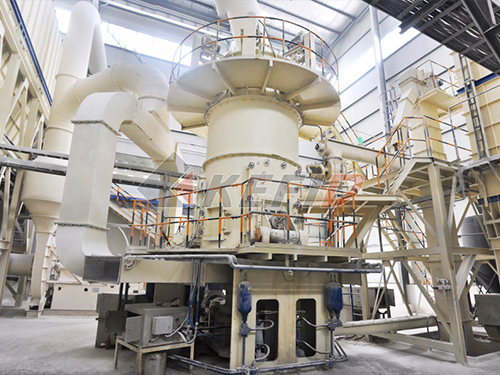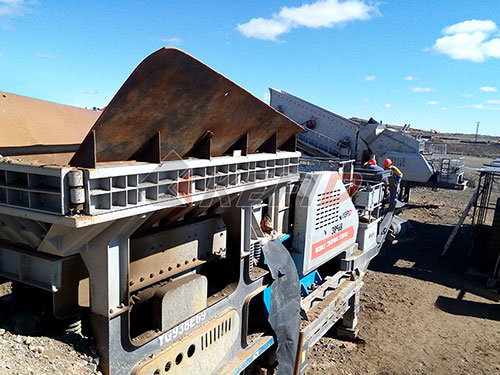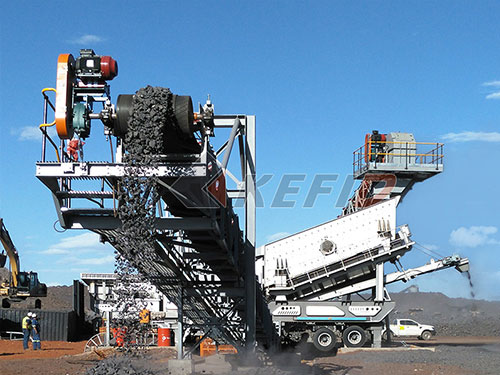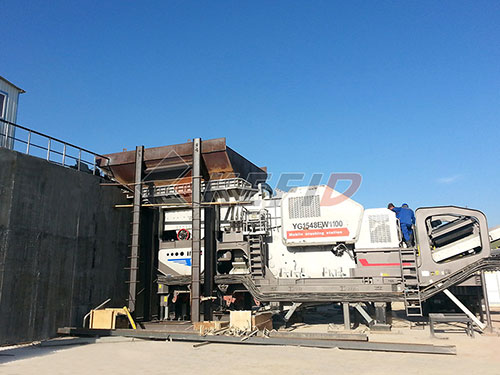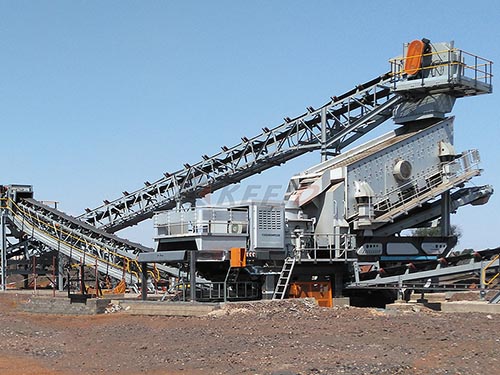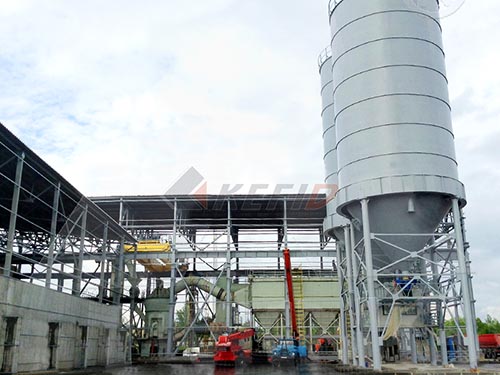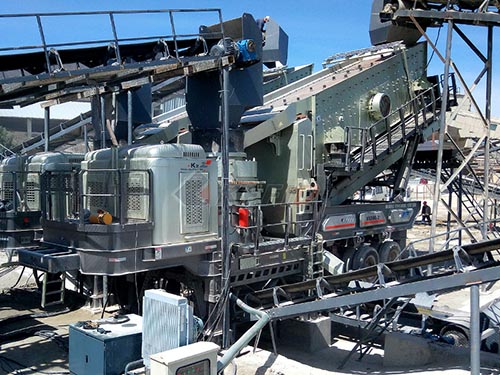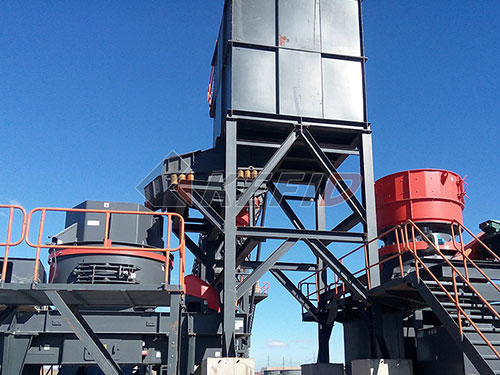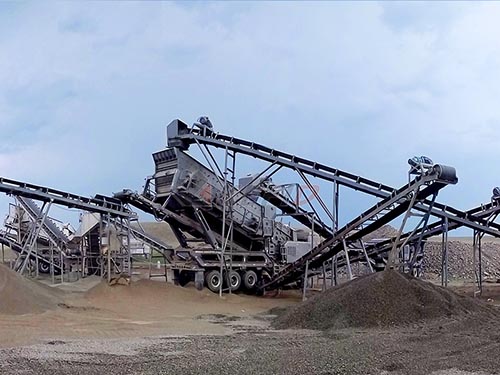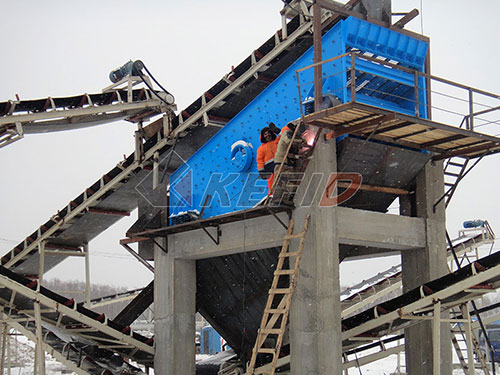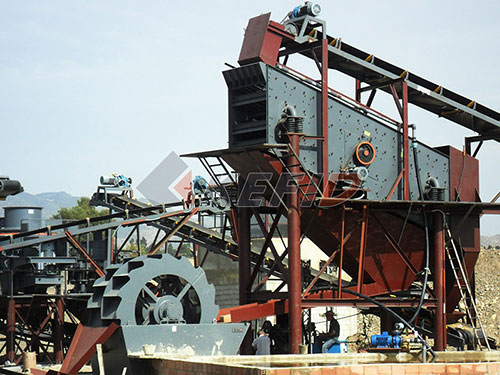Unlocking Aggregate Potential: Stone Crushers for Sale in Fujairah
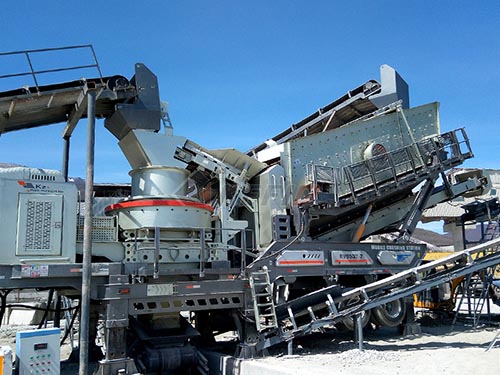
Fujairah, one of the seven emirates comprising the United Arab Emirates (UAE), stands as a powerhouse in the regional construction and quarrying industry. Nestled strategically on the UAE’s east coast along the Gulf of Oman and bordering Oman itself, Fujairah boasts abundant reserves of high-quality limestone and gabbro rock formations – essential raw materials for producing vital construction aggregates like crushed stone, gravel, and sand.
For businesses involved in infrastructure development, road building, concrete production, or asphalt manufacturing within the UAE and across wider GCC markets sourcing stone crushers for sale in Fujairah presents a significant opportunity to enhance operational efficiency and tap directly into this resource-rich hub.
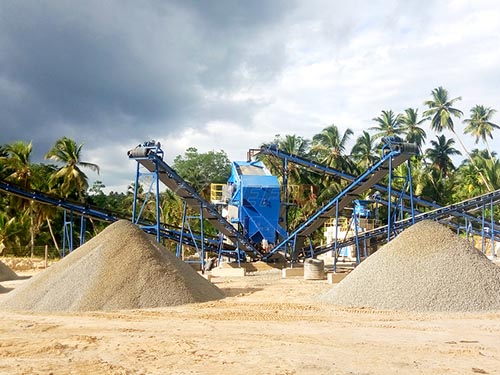
Why Fujairah is a Prime Location for Stone Crushers:
1. Abundant Raw Material: The emirate’s mountainous terrain offers vast deposits of hard rock suitable for high-grade aggregate production.
2. Strategic Logistics: Its deep-water port at Port of Fujairah provides unparalleled access for importing heavy machinery and exporting finished aggregates regionally and internationally.
3. Established Quarrying Hub: A well-developed quarrying ecosystem exists with supporting industries (transportation services parts suppliers maintenance workshops).
4. Supportive Regulatory Environment: Clear frameworks govern quarrying activities facilitating business setup operations.
Understanding Stone Crushers Available in Fujairah:
The market offers diverse types of crushers suitable for various stages of aggregate production:
Jaw Crushers: Ideal primary crushers for large feed sizes breaking down rocks into manageable chunks using compressive force.
Cone Crushers: Excellent secondary tertiary crushers producing finer well-shaped aggregates often used in concrete asphalt requiring specific gradation.
Impact Crushers (HSI VSI):
Horizontal Shaft Impactors (HSI): Great for softer materials limestone recycling applications producing cubical aggregates.
Vertical Shaft Impactors (VSI): Crucial for producing high-quality manufactured sand artificial sand meeting strict specifications often replacing natural sand.
Gyratory Crushers: High-capacity primary crushers typically used in very large-scale mining quarrying operations.
Mobile Crushers Screens: Increasingly popular offering flexibility mobility allowing operators to move crushing closer to extraction sites reducing haulage costs significantly.
Considerations When Buying Stone Crushers in Fujairah:
1. Material Characteristics: What type hardness abrasiveness
